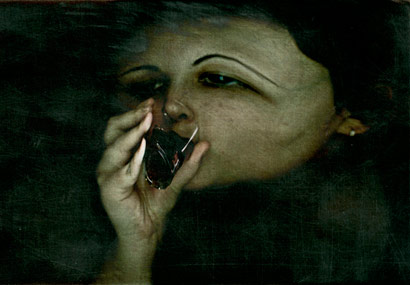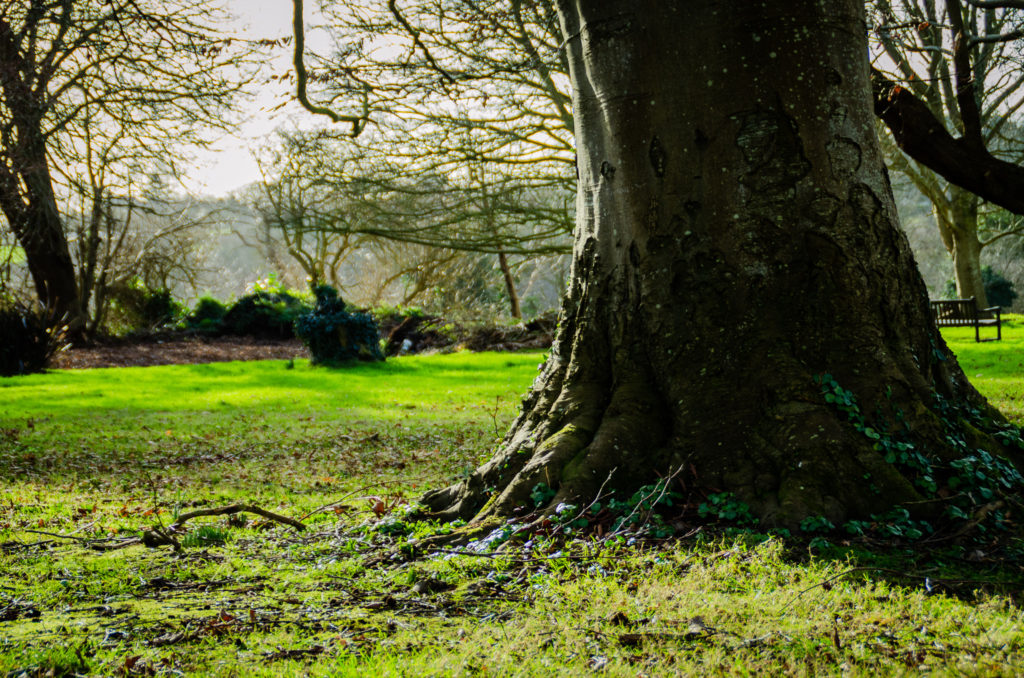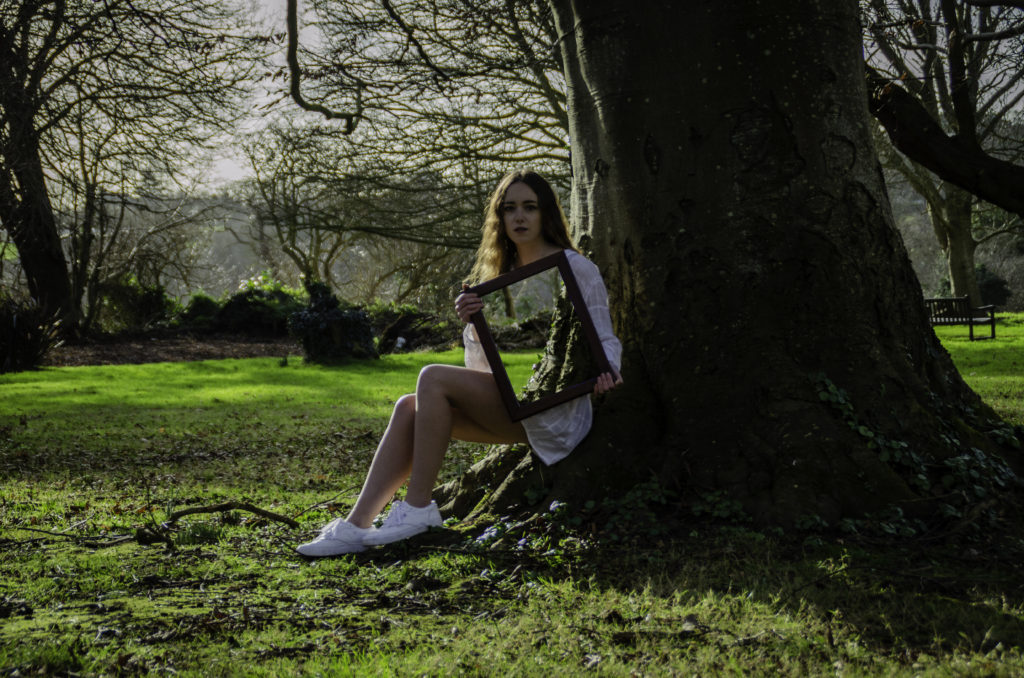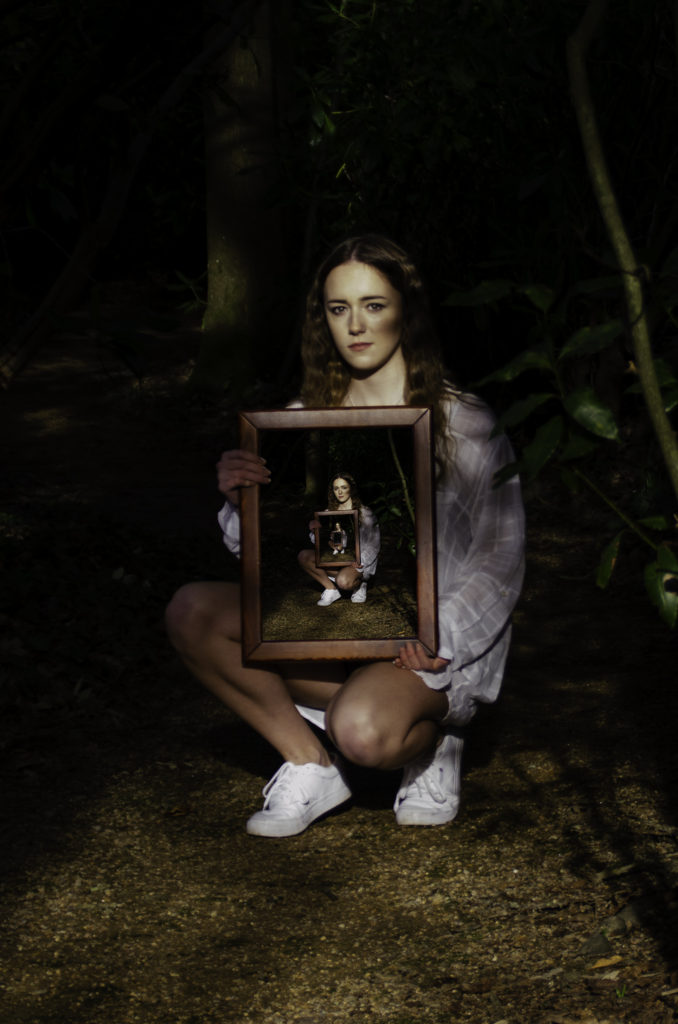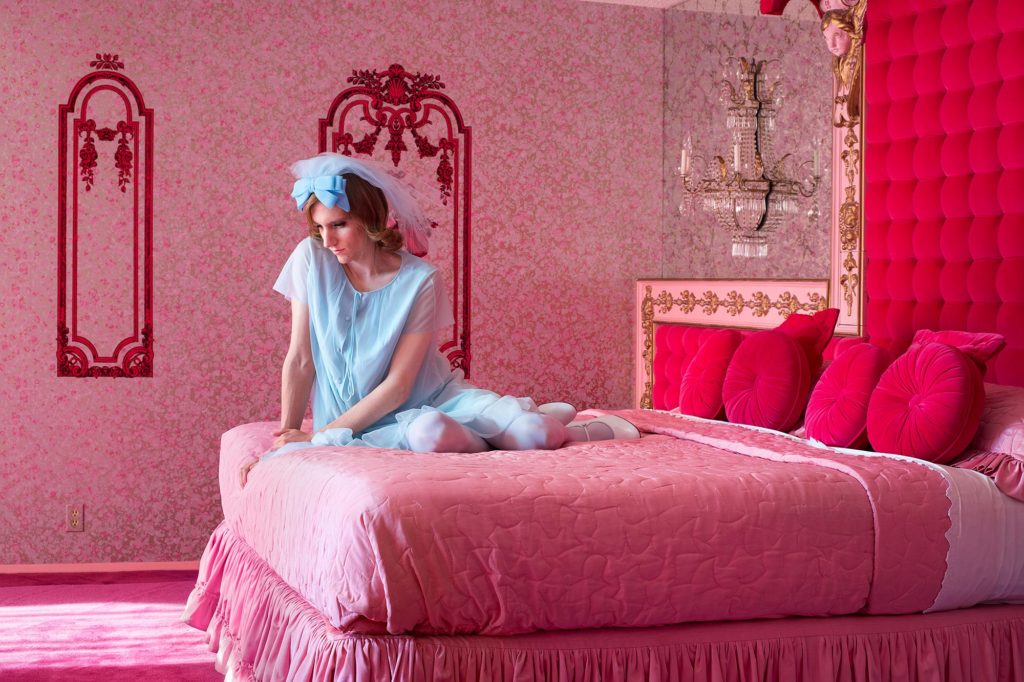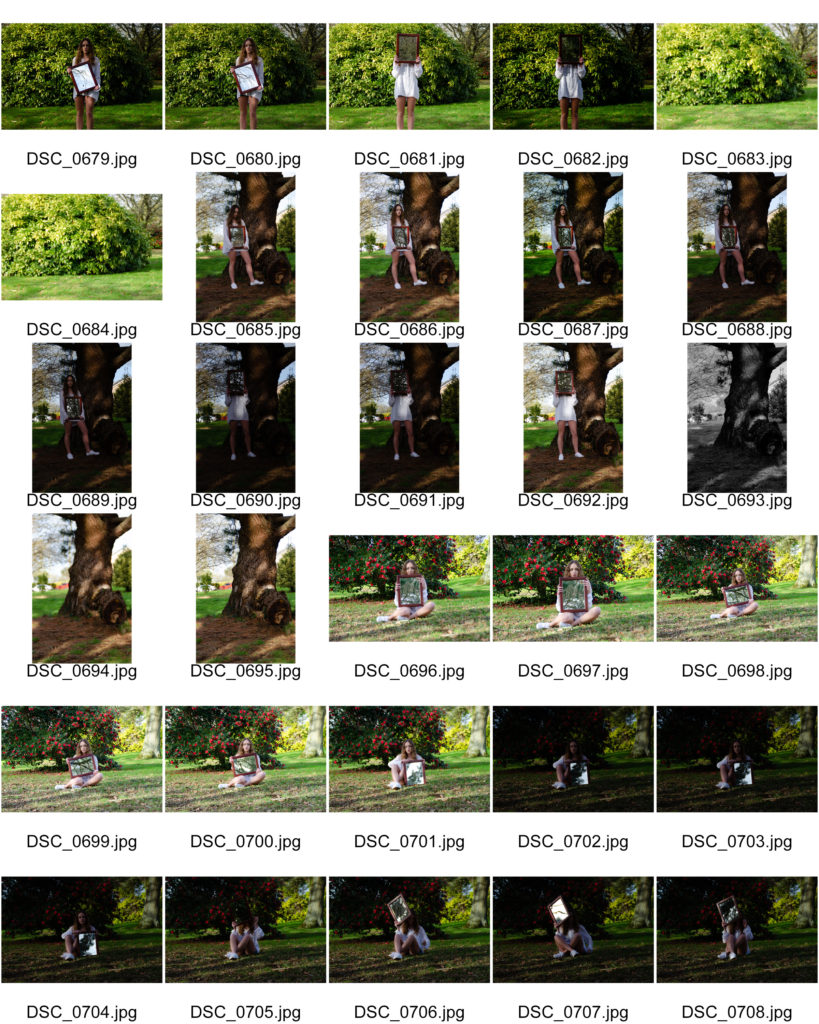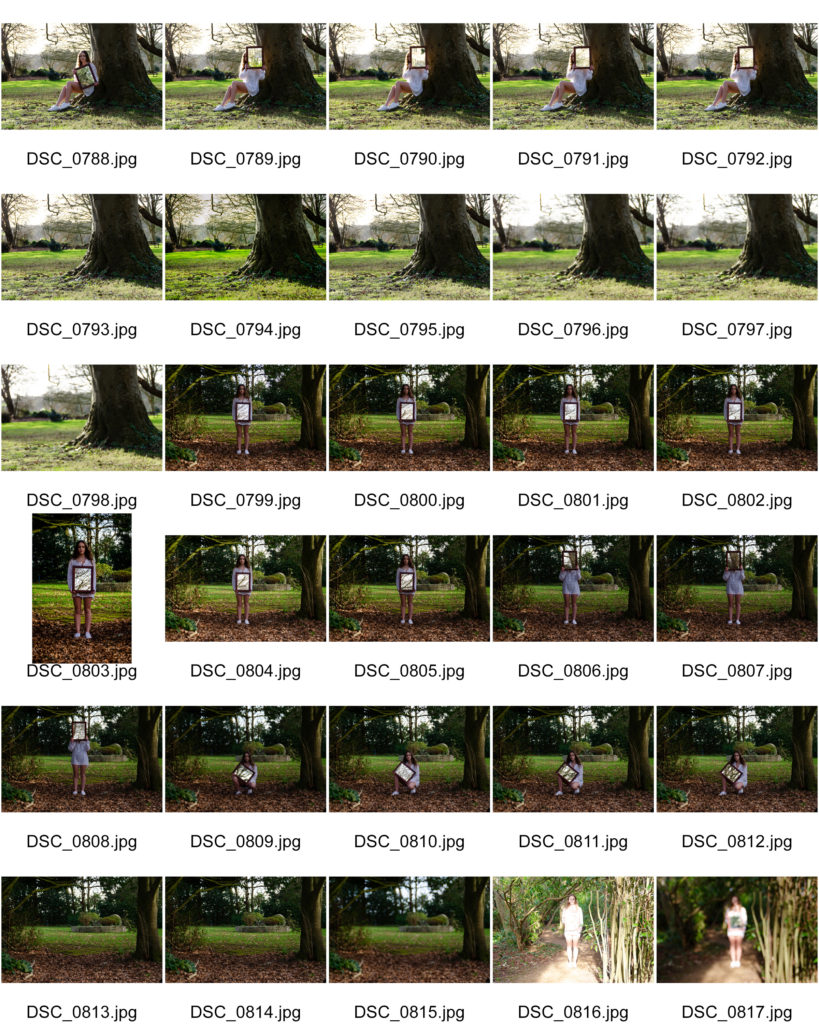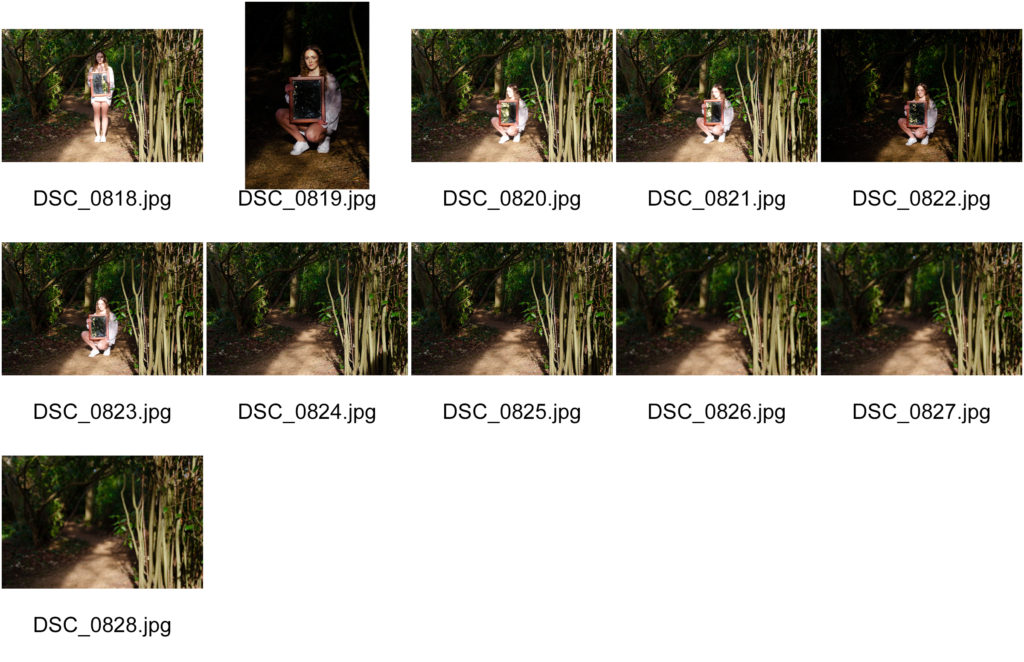She uses photography to represent Borderline Personality Disorder symptoms with photographs. She decided to use scannographies instead of photos because the pictures she took with her scanner gave her the look she wanted, like “someone trapped inside a dark place”, a dark place which could be a Borderline’s mind.

Her Life
Scanography is the art of recording a subject using a flatbed scanner. It is created in the same way that Xerox art is created using a photocopier, however scanners typically have the ability to create larger, higher quality digital files.
They capture movement in exciting ways, such as Evilsabeth Schmitz-Garcia’s ‘Borderline Personality Disorder’ portraits above, which have been distorted and stretched as the scanner arm moves across the screen. Scanners can also be used to take scans of objects place upon existing photographs, as per the example below.
She began her art studies in 2003, at “Escuela de Arte La Palma, Madrid”, where she had photography as an optional subject. She found out that she was fascinated with how photography worked so she used to spend hours taking pictures and developing them.
She began her own scannography experiments, in the end she chose this as her final project. She started scannographies as her teacher showed her example which inspired her.
How i would include her style?
I would like to include the merge aspect, where she merges multiple faces which I would accomplish using Photoshop, or long exposure to create a blur, therefore you see multiple faces.
I may use hands and edit them in, around the edge. To create a manipulative, and creative idea. It would make a uncomfortable, crawly image.
Finally, I may take the idea where she uses multiple faces to create a single image. I would use about 5 faces then make all of them blank, then show the process of editing facial features on which shows the development of identity.

